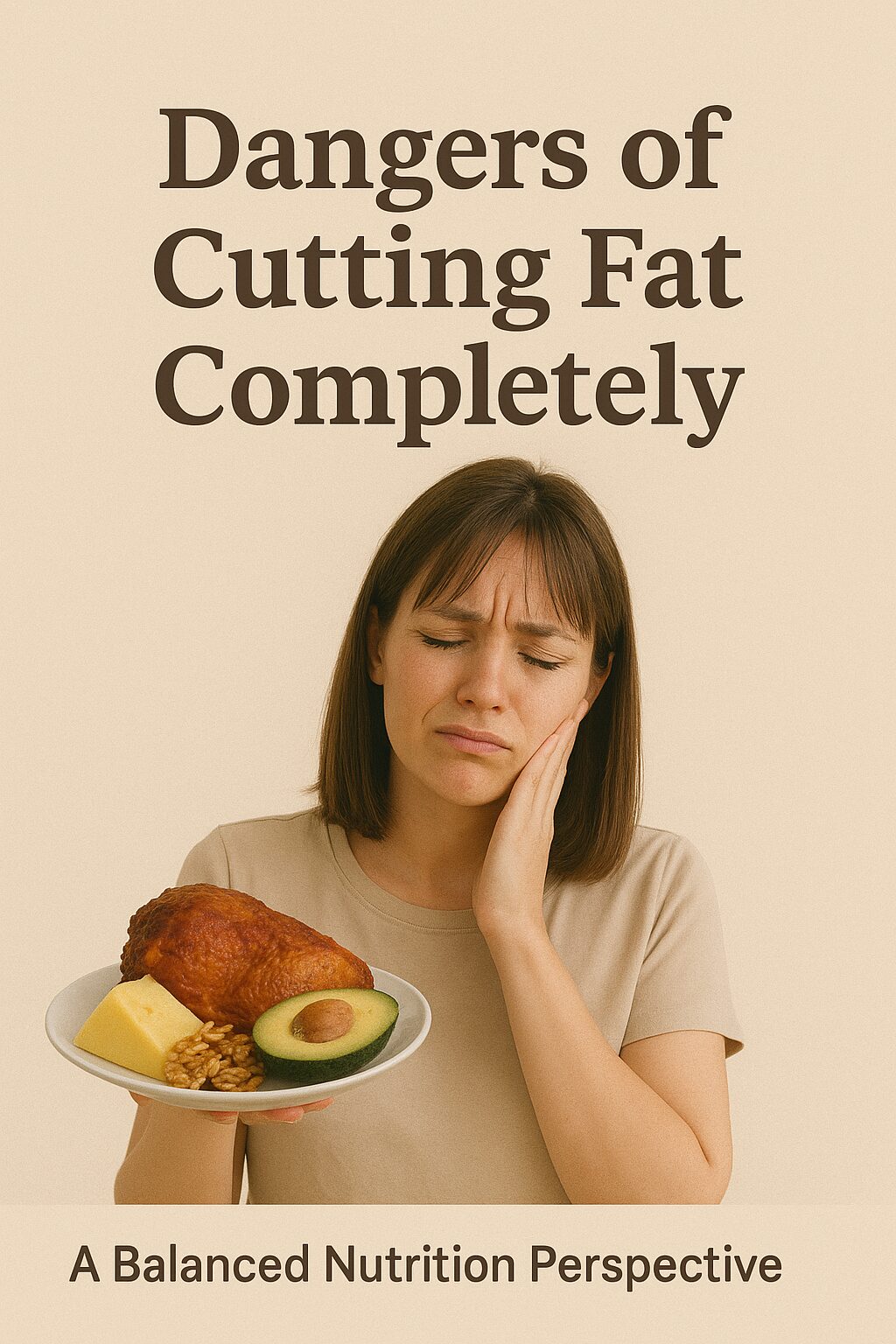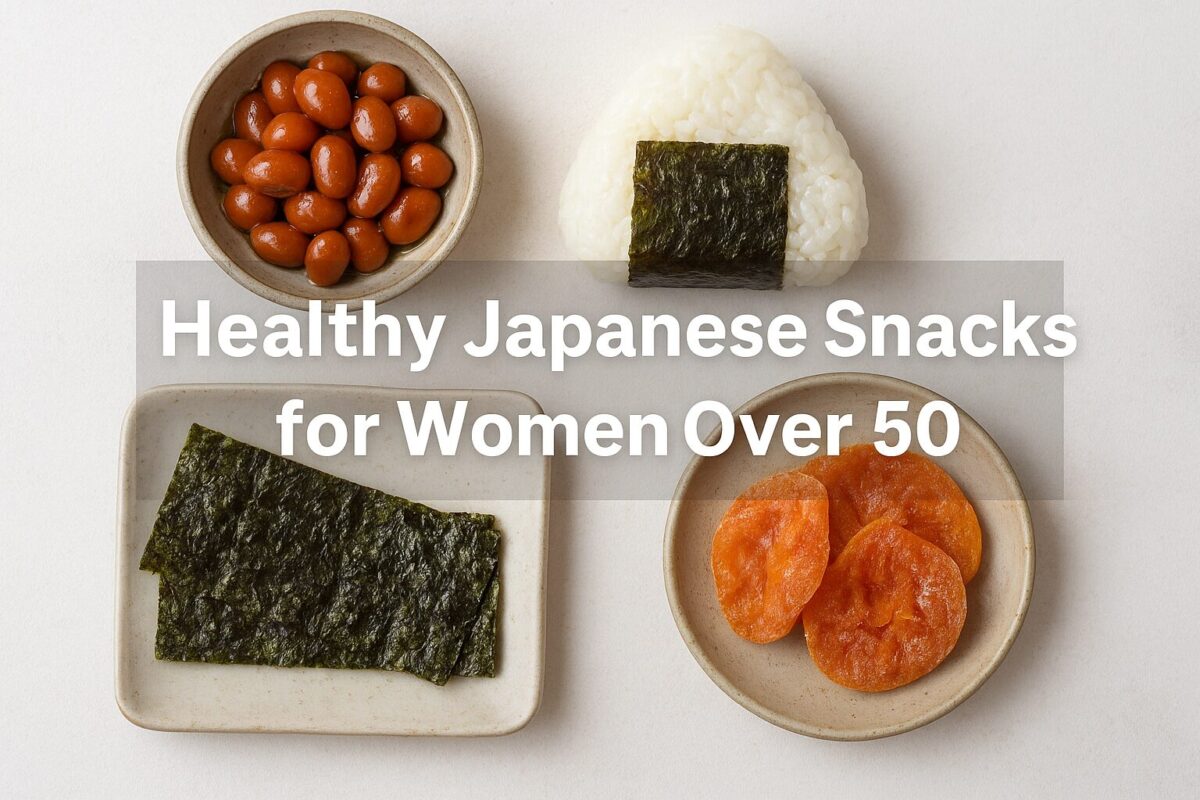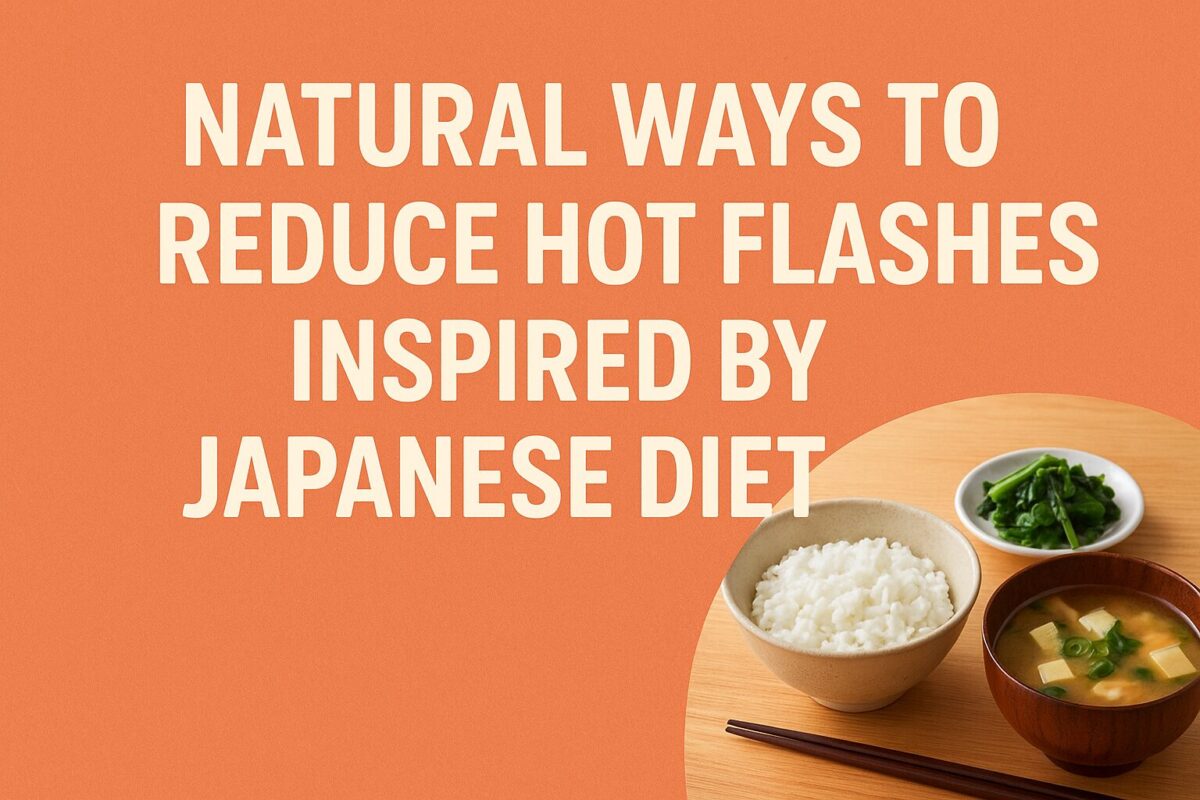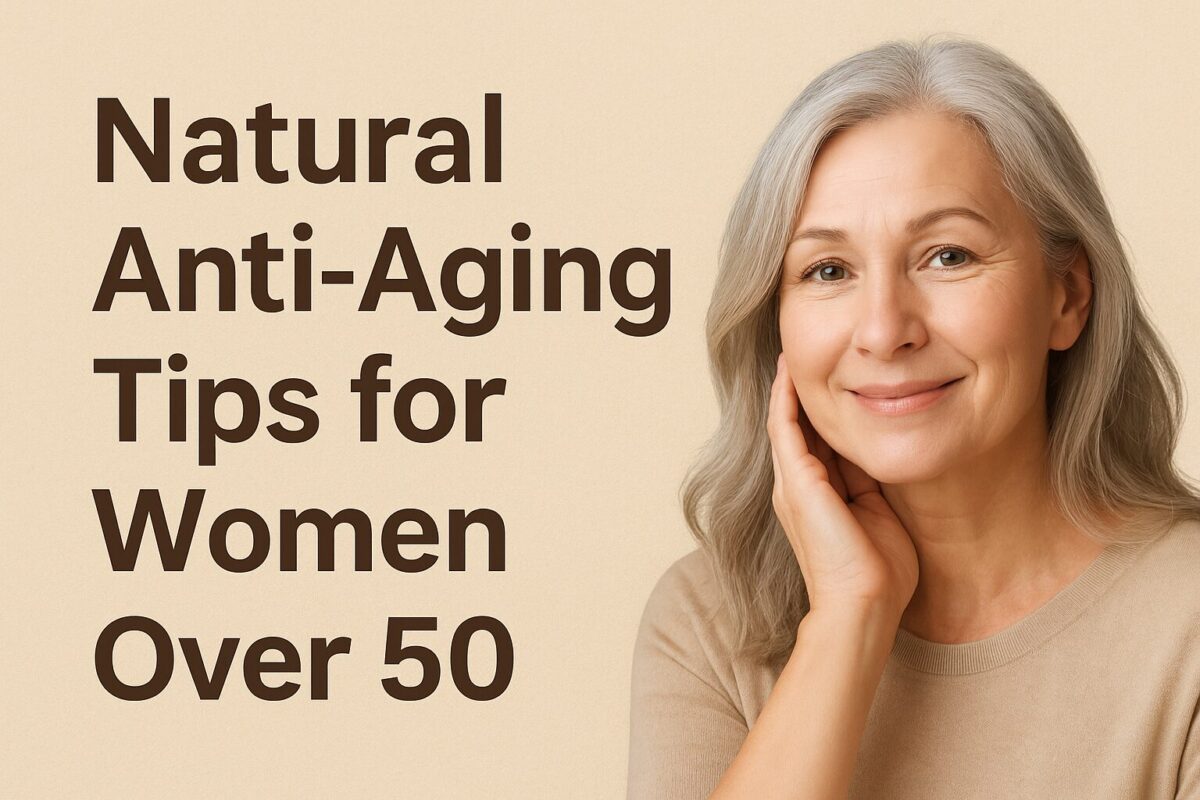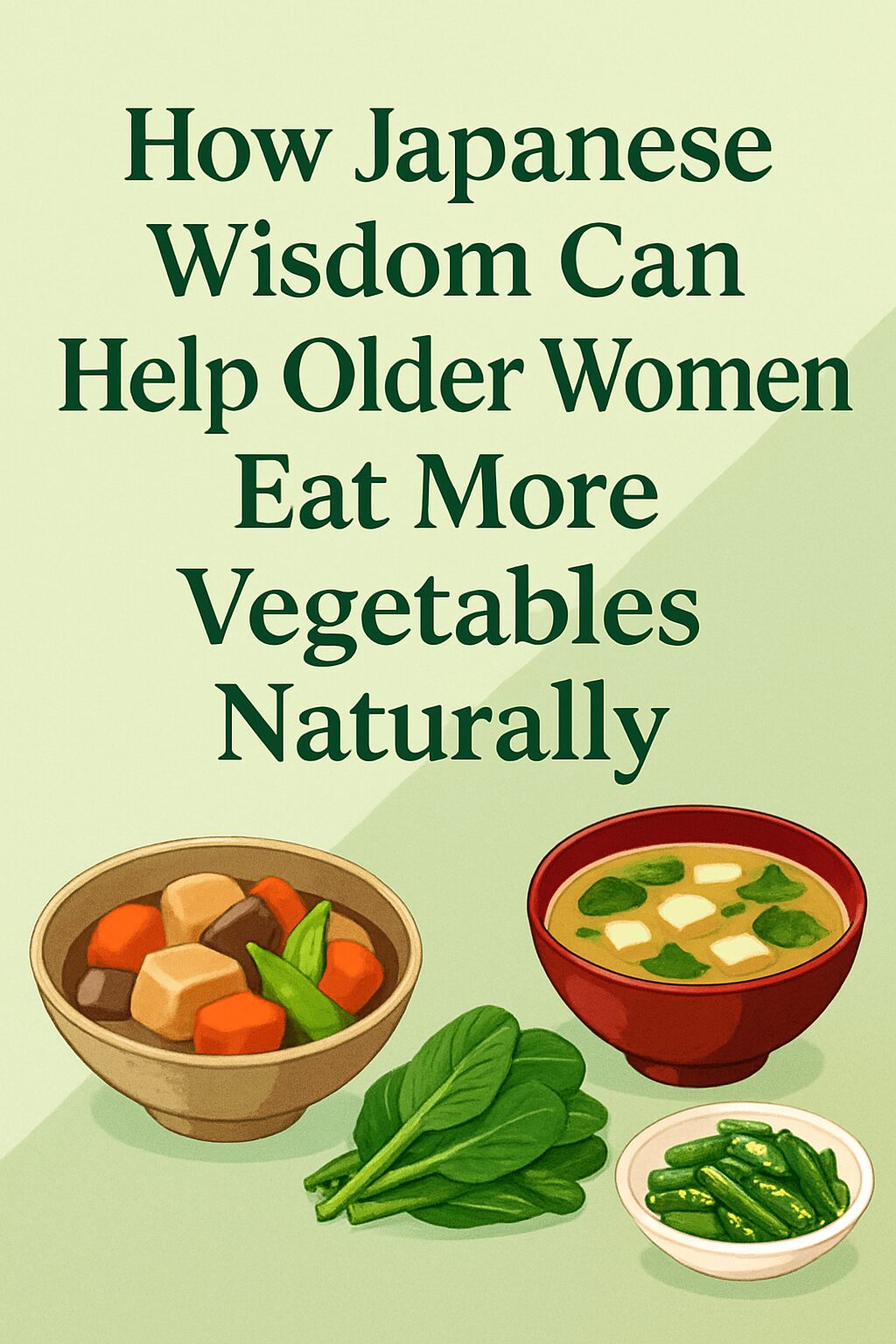Japan consistently ranks among the top countries for life expectancy. Many Japanese men and women live active, fulfilling lives well into their 80s and 90s. While genetics may play a role, lifestyle habits in midlife contribute significantly to this remarkable longevity.
The best part? These habits are simple, sustainable, and adaptable for anyone. By embracing small daily practices—like balanced eating, gentle movement, and strong community ties—you can set the foundation for a healthier, more vibrant future.
The Role of Traditional Japanese Food
Balanced and Seasonal Eating
Japanese meals emphasize seasonal vegetables, fish, tofu, and fermented foods. Meals are typically lighter in fat and smaller in portion size compared to Western diets. This balance helps maintain a healthy weight and provides steady energy throughout the day.
Fermented Foods for Gut and Bone Health
Miso, natto, and pickled vegetables provide probiotics that support digestion and immunity. They also enhance nutrient absorption, especially calcium, which is crucial for bone strength after 50. Incorporating these foods into your diet supports both short-term wellness and long-term resilience.
Portion Control and “Hara Hachi Bu”
In Okinawa, one of the world’s Blue Zones, people practice hara hachi bu—eating until 80% full. This mindful approach prevents overeating, reduces stress on the body, and supports healthy aging. [Blue Zones]
Gentle Movement for Lifelong Mobility
Walking as a Daily Practice
In Japan, walking is woven into everyday life. Many people walk to the train station, through markets, or around their neighborhoods. These daily steps add up, improving cardiovascular health and keeping joints flexible without strenuous workouts.
Radio Taiso: Gentle Group Exercise
Radio taiso, a simple set of stretching and calisthenics broadcast on radio and TV, has been a Japanese tradition for decades. It takes only a few minutes but promotes flexibility, balance, and circulation—especially valuable for midlife adults looking to maintain mobility.
Embracing Nature Through Movement
Strolling through parks or practicing shinrin-yoku (forest bathing) connects physical activity with relaxation. Being outdoors reduces stress hormones and sharpens mental clarity, supporting both body and mind.
The Power of Community and Connection
Social Bonds as a Health Protector
Strong community ties are a hallmark of Japanese longevity. Regular interaction with friends, neighbors, and family provides emotional support, reduces stress, and even lowers the risk of cognitive decline. [Harvard Study of Adult Development]
Shared Meals and Belonging
In Japan, meals are often enjoyed with others, reinforcing social connection alongside nutrition. For people in midlife, making time to eat with family or friends can nurture both body and spirit.
Purpose and Ikigai
Many Japanese elders attribute their vitality to ikigai, a sense of purpose in daily life. Whether through hobbies, volunteering, or caring for family, finding meaning keeps the mind sharp and the spirit strong.
Nutrition and Gentle Support for Midlife
Supporting the Body with Natural Foods
Japanese eating habits offer lessons for midlife health: emphasize vegetables, fermented soy, and fish while limiting heavy oils and processed foods. These choices provide steady energy and protect against age-related conditions.
Supplements Inspired by Tradition
For women over 50, natural support can complement dietary habits. Juveriente® Effisoy® harnesses fermented soy isoflavones, inspired by Japanese traditions, to support hormone balance and ease menopause symptoms. Combining such supplementation with gentle daily practices reflects the wisdom of Japanese longevity.
Bringing Japanese Longevity Habits Into Your Life
Start Small and Stay Consistent
You don’t need to adopt every habit at once. Begin with a short daily walk, introduce miso soup to your meals, or schedule a regular coffee or tea with friends.
Make It Enjoyable
Choose the habits that resonate with you. The key is enjoyment—when practices feel natural, they become sustainable.
Think Long-Term Benefits
Each small step—whether dietary, physical, or social—adds up over time. By starting in midlife, you build a future where mobility, independence, and mental clarity remain strong.
Final Thoughts
Japanese longevity is not a mystery. It’s the product of small, intentional habits that anyone can adopt. Balanced eating, gentle movement, and strong community ties form a foundation for health that lasts a lifetime.
The choices you make in your 40s, 50s, and 60s shape the vitality of your 80s and beyond. By taking inspiration from Japanese traditions, you can give yourself the gift of a healthier, more fulfilling future.
Juveriente Effisoy: A Natural Solution for Hormonal Balance and Energy Restoration
Juveriente®’s Effisoy® offers a natural solution to combat age-related fatigue by supporting hormonal balance. Launched in 2016, Effisoy® is based on fermented soybean germ extract, a traditional Japanese ingredient known for its potential to ease menopause symptoms and improve overall vitality.
Effisoy® works by boosting the body’s natural synthesis of DHEA, a hormone precursor crucial for maintaining balanced hormone levels. As we age, the body’s ability to produce DHEA declines, contributing to symptoms of fatigue and decreased energy. Effisoy® helps restore this balance by enhancing the body’s own hormone production processes. It supports hormonal balance safely, without introducing external hormones, allowing your body to regulate its hormone composition naturally.
This balance not only aids in reducing age-related fatigue but also promotes healthier skin and overall well-being. While Effisoy® benefits both men and women, it has become especially popular among women experiencing menopause, helping to alleviate symptoms like fatigue, mood swings, and skin aging.
By addressing the hormonal changes associated with aging, Juveriente®’s Effisoy® provides a natural and effective way to restore energy levels and combat age-related fatigue, helping you feel more vibrant and energized as you age.
Here are some of the real product reviews in our Amazon shop.
“Restful sleep finally!!”, “I Am Now Free of Hot Flashes!!”, “Lifesaver”



















